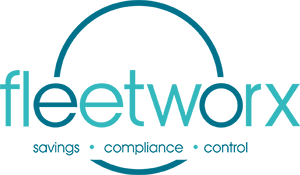29 Oct Gain on Sale: Why Procurement Rarely Sees the Surplus They Fund
When a leased vehicle is sold at the end of its life, the difference between the sale price and the residual value (RV) is known as the gain on sale. If the vehicle outperforms its RV, the surplus can be substantial.
But here’s the catch: in many contracts, suppliers retain that gain. Even though the client has funded the depreciation risk, they don’t share in the upside. This creates an imbalance where suppliers benefit disproportionately from market conditions.
Why It Matters
• Artificially set RVs – Suppliers can set higher RVs to reduce rentals and win tenders, then pocket gains later.
• Opaque deductions – Sale costs are often unverified, reducing transparency.
• Lost opportunity – Clients fund the depreciation but rarely see the reward.
The Risk for Procurement Leaders
Without transparency, procurement is left subsidising supplier profits. This is especially critical when large fleets generate significant resale surpluses. Over time, the missed value can run into millions.
What To Do Instead
• Negotiate gain-share mechanisms – Define how surplus will be split and on what basis.
• Demand disclosure – Require written transparency on resale values and deductions.
• Audit resale processes – Ensure alignment with market practices to protect fairness.
If you fund the risk, you should share in the reward. Procurement must challenge the status quo.
Our ebook shows how to build gain-share mechanisms that ensure fairness. Download now
Back to Blogs Back to Case Studies List

Sorry, the comment form is closed at this time.